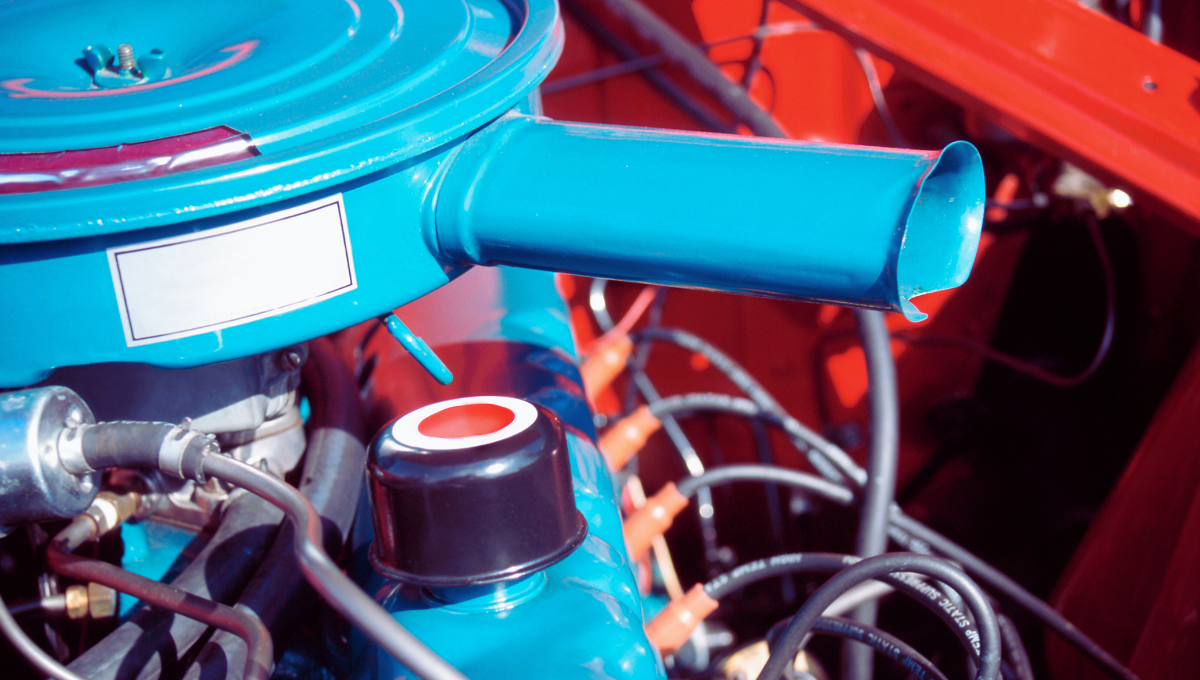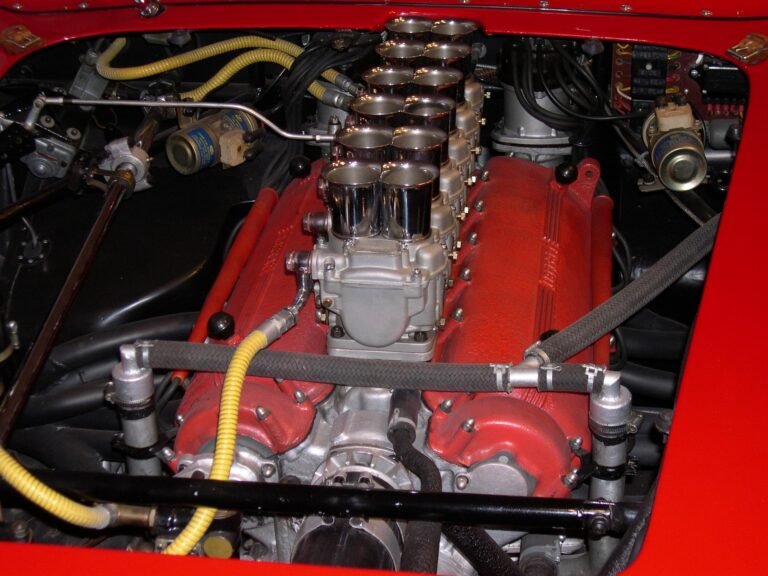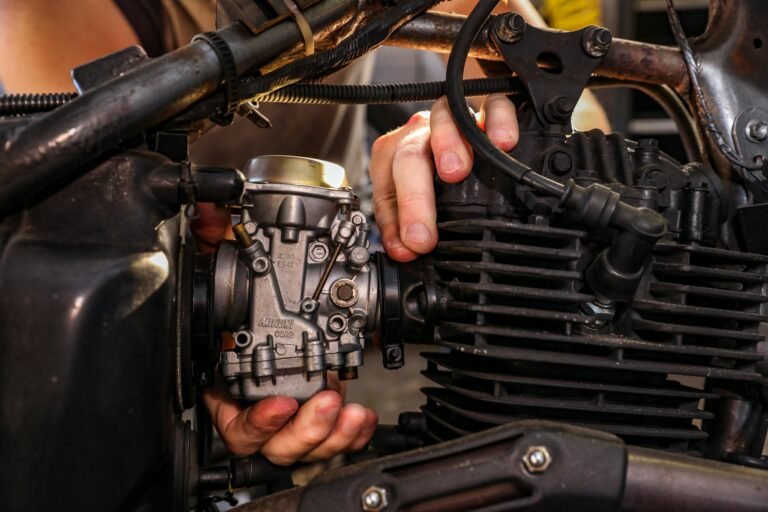How to Tune a Quadrajet Carburetor: Expert Tips
To tune a Quadrajet carburetor, adjust the idle mixture screws and set the idle speed. Ensure the engine is warm.
Tuning a Quadrajet carburetor improves engine performance and fuel efficiency. The Quadrajet carburetor, known for its versatility and complexity, requires precise adjustments. Proper tuning ensures optimal air-fuel mixture, enhancing engine response and reducing emissions. Adjusting the idle mixture screws helps balance the air and fuel ratio at idle.
Setting the idle speed ensures the engine runs smoothly at low RPMs. Regular tuning maintains engine health, prolongs its lifespan, and maximizes power output. These adjustments can be performed using basic tools and mechanical knowledge. A well-tuned Quadrajet carburetor significantly improves driving experience and vehicle performance.
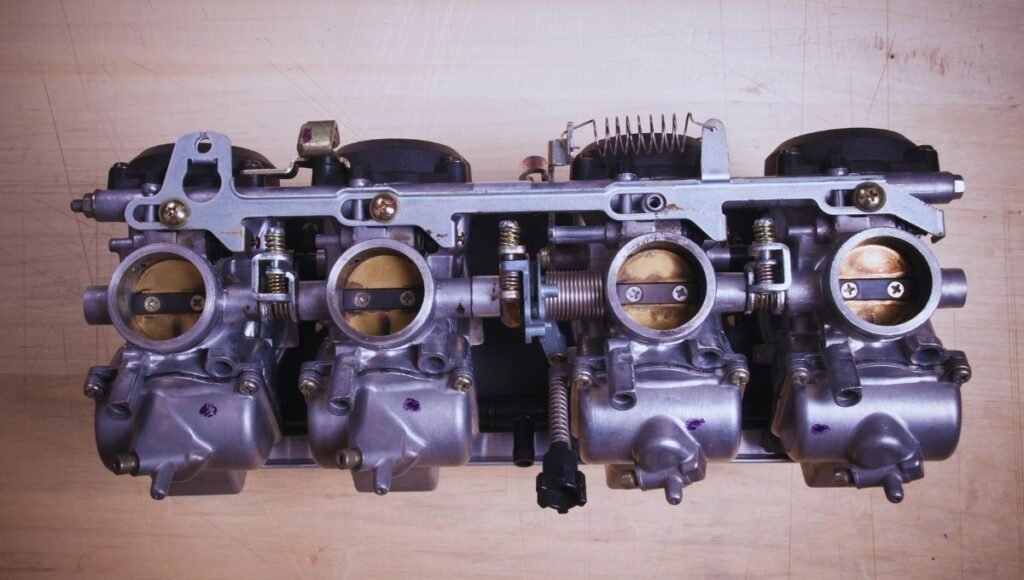
Introduction To Quadrajet Carburetors
Quadrajet carburetors are a vital component in many classic cars. These carburetors are known for their efficiency and performance. They are unique and require proper tuning for optimal function.
Brief History
The Quadrajet carburetor was first introduced by Rochester Products in the 1960s. It quickly became popular due to its efficient fuel delivery system. Many classic American cars used Quadrajet carburetors during this era.
These carburetors were designed to meet stringent emission standards. They were also known for their versatility, fitting a wide range of engines.
Functionality And Popularity
Quadrajet carburetors are unique because of their two-stage operation. They have small primary and large secondary throttle plates. This design allows for both fuel economy and high performance.
The primary throttle plates handle everyday driving. The secondary throttle plates engage during heavy acceleration. This dual functionality makes Quadrajet carburetors very popular among car enthusiasts.
Quadrajet carburetors are also known for their adjustability. Proper tuning can significantly improve engine performance. Tuning involves adjusting the idle speed, air-fuel mixture, and choke.
| Feature | Benefit |
|---|---|
| Two-Stage Operation | Fuel Economy and High Performance |
| Adjustability | Improved Engine Performance |
| Versatility | Fits Various Engines |
Understanding these features can help you tune your Quadrajet carburetor effectively. Proper tuning ensures your engine runs smoothly and efficiently.
Essential Tools For Tuning
When tuning a Quadrajet carburetor, having the right tools is crucial. This guide will help you understand the essential tools needed for a successful tuning process. Proper tools ensure precision and ease, making the task straightforward even for beginners.
Basic Toolkit Requirements
To start, you need some basic tools. These tools are easy to find and use. Here is a list of basic tools required:
- Screwdrivers: Both flat-head and Phillips screwdrivers are essential.
- Wrenches: A set of open-end wrenches is useful.
- Socket Set: Make sure to have both metric and imperial sizes.
- Needle-Nose Pliers: Useful for gripping small parts.
- Carburetor Cleaner: Keeps your carburetor clean during the process.
Having these basic tools ensures you can handle most adjustments. They are the foundation of your tuning toolkit.
Advanced Instruments
For more precise tuning, advanced instruments are needed. These tools provide detailed data and fine adjustments:
| Instrument | Purpose |
|---|---|
| Vacuum Gauge | Measures engine vacuum for precise tuning. |
| Tachometer | Reads engine RPM to set idle speed correctly. |
| Timing Light | Ensures proper ignition timing. |
| Air/Fuel Ratio Meter | Checks the fuel mixture for optimal performance. |
Using these advanced instruments ensures your carburetor is tuned for peak performance. They help you make fine adjustments with accuracy.
With the basic toolkit and advanced instruments, you are well-equipped to tune your Quadrajet carburetor effectively. Proper tools make the job easier and more precise.
Preparation Steps Before Tuning
Before tuning your Quadrajet carburetor, proper preparation is essential. Follow these steps to ensure optimal performance and longevity of your carburetor. This involves cleaning, inspecting, and making sure everything is in good condition.
Cleaning The Carburetor
Start by cleaning the carburetor. Remove any dirt or grime. A clean carburetor allows for better tuning.
- Disconnect the carburetor from the engine.
- Use a carburetor cleaner spray.
- Ensure all jets and passages are clear.
Cleaning helps in removing debris. It ensures the carburetor functions smoothly.
Inspecting For Wear And Tear
After cleaning, inspect the carburetor for any wear and tear. Look closely at all components.
- Check the throttle shaft for play.
- Inspect the gaskets for cracks or damage.
- Examine the float for any signs of wear.
Use a magnifying glass if needed. Replacing worn parts is crucial for tuning success.
These preparation steps are vital. They ensure your Quadrajet carburetor is ready for tuning. A well-prepared carburetor will perform better and last longer.
Primary Tuning: Idle Mixture Adjustment
Getting the idle mixture right is crucial for a smooth-running engine. The Quadrajet carburetor can be tricky, but you can master it. Follow these steps for the perfect idle mixture adjustment.
Finding The Ideal Idle Speed
First, ensure your engine is warm. A cold engine won’t give accurate readings. Use a tachometer to measure the engine’s RPM. The ideal idle speed for most engines is between 600 and 800 RPM.
Locate the idle speed screw on the carburetor. Turn the screw clockwise to increase RPM. Turn it counterclockwise to decrease RPM. Adjust until you reach the ideal idle speed.
Adjusting The Mixture Screws
The mixture screws control the air-fuel ratio at idle. You will find two mixture screws on the front of the carburetor.
- Turn both screws clockwise until they lightly seat.
- Next, turn each screw counterclockwise one and a half turns.
Start the engine and let it idle. Using a vacuum gauge, adjust one screw at a time. Turn each screw slowly, aiming for the highest vacuum reading.
| Step | Action |
|---|---|
| 1 | Turn screws clockwise until lightly seated. |
| 2 | Turn screws counterclockwise 1.5 turns. |
| 3 | Adjust screws for highest vacuum reading. |
Repeat adjustments if needed. Keep both screws even for the best result. Your engine should now idle smoothly.
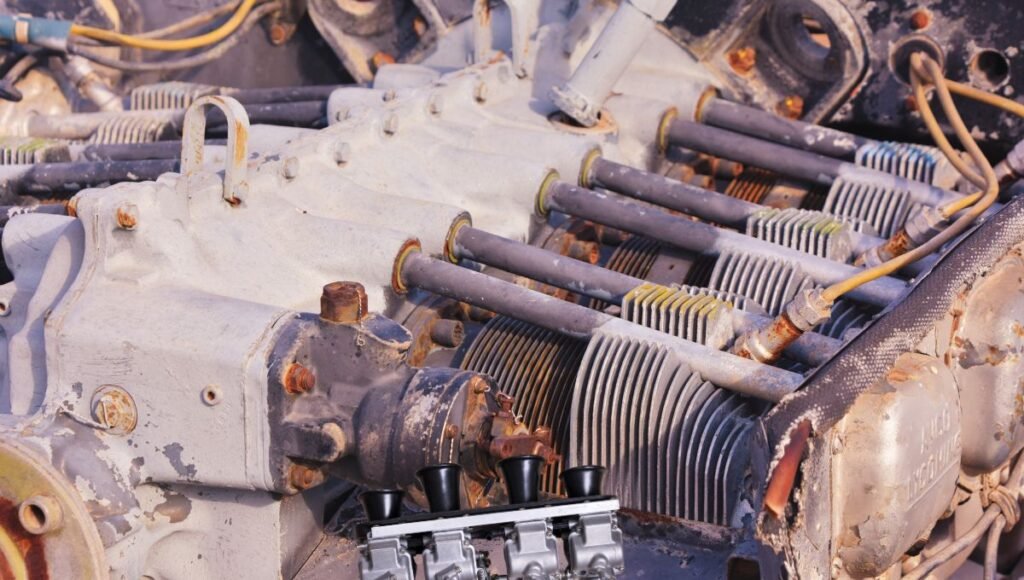
Secondary Tuning: Air/fuel Ratio
Tuning the secondary air/fuel ratio of a Quadrajet carburetor is crucial for performance. The correct mixture ensures your engine runs smoothly and efficiently. This section covers monitoring air/fuel readings and making precision adjustments.
Monitoring Air/fuel Readings
Use a wideband oxygen sensor to monitor air/fuel readings. Install the sensor in the exhaust system. A digital gauge will show the air/fuel ratio in real-time.
Keep the engine running at a steady speed. Take note of the air/fuel ratio displayed. The ideal ratio for most engines is around 12.5:1 to 13.5:1 under load.
Record these readings for accurate adjustments. Keep a log of changes and results. This helps in fine-tuning the carburetor efficiently.
Making Precision Adjustments
To adjust the air/fuel ratio, locate the secondary air doors. These are usually on top of the carburetor. Adjust the tension on the secondary air doors to change the air/fuel mixture.
- Loosen the tension for a richer mixture.
- Tighten the tension for a leaner mixture.
Make small adjustments and monitor the changes. Use the readings from your oxygen sensor to guide you.
Repeat the process until you achieve the desired air/fuel ratio. Consistency is key, so make sure to test under similar conditions each time.
| Adjustment | Result |
|---|---|
| Loosen Tension | Richer Mixture |
| Tighten Tension | Leaner Mixture |
Calibrating The Float Level
Calibrating the float level in a Quadrajet carburetor is crucial. It ensures your engine performs well. An incorrect float level can cause issues. These issues include poor fuel efficiency and engine stalling.
Importance Of Float Level
The float level controls the fuel amount in the carburetor. A proper float level ensures the engine runs smoothly. It helps in maintaining the correct air-fuel mixture. This balance is vital for engine performance.
Step-by-step Calibration Process
- Remove the carburetor from the engine.
- Open the carburetor carefully.
- Locate the float inside the carburetor bowl.
- Measure the float height using a ruler.
- Compare the measurement with the manufacturer’s specification.
- If too high, adjust by bending the float tab down.
- If too low, adjust by bending the float tab up.
- Re-check the float height after adjustment.
- Reassemble the carburetor.
- Reinstall the carburetor back onto the engine.
| Step | Description |
|---|---|
| 1 | Remove the carburetor from the engine. |
| 2 | Open the carburetor carefully. |
| 3 | Locate the float inside the carburetor bowl. |
| 4 | Measure the float height using a ruler. |
| 5 | Compare the measurement with the manufacturer’s specification. |
| 6 | Adjust the float height as needed. |
| 7 | Re-check the float height after adjustment. |
| 8 | Reassemble the carburetor. |
| 9 | Reinstall the carburetor back onto the engine. |
Jetting And Metering Rods Tuning
Jetting and metering rods tuning is crucial for optimizing your Quadrajet carburetor. This process ensures the right fuel mixture for your engine. Proper tuning improves performance and fuel efficiency.
Choosing The Right Jets
Jets control the amount of fuel entering the carburetor. Choosing the right size is essential. Larger jets provide more fuel. Smaller jets restrict fuel flow.
To choose the right jets, consider your engine’s needs. High-performance engines may need larger jets. Regular engines might use smaller ones.
| Jet Size | Engine Type |
|---|---|
| Large | High Performance |
| Small | Regular |
Adjusting Metering Rods For Performance
Metering rods work with jets to fine-tune the fuel mixture. They adjust the fuel flow based on engine needs. Adjusting them can enhance your engine’s performance.
Follow these steps to adjust your metering rods:
- Locate the metering rods in the carburetor.
- Use a screwdriver to adjust the rods.
- Turn clockwise to lean the mixture.
- Turn counterclockwise to enrich the mixture.
- Test your engine’s performance after adjustments.
Always ensure the fuel mixture suits your driving needs. Experiment with different settings. Find the optimal balance for your engine.
Choke Operation And Adjustment
Tuning a Quadrajet carburetor can significantly enhance your engine’s performance. One crucial aspect is the choke operation and adjustment. Properly adjusting the choke ensures smooth startups and efficient engine performance.
Understanding Choke Function
The choke controls the air-fuel mixture during engine startup. A cold engine needs a richer mixture. The choke valve restricts airflow, enriching the mixture. This helps the engine start easily in cold conditions.
There are two main types of chokes: manual and automatic. Manual chokes require user intervention, while automatic chokes adjust themselves. Understanding your choke type is essential for proper adjustment.
Fine-tuning The Choke For Startup
Fine-tuning the choke involves a few simple steps. Start by ensuring the choke plate moves freely. It should not stick or bind. Next, check the choke linkage and make sure it’s correctly connected.
For automatic chokes, adjust the tension on the choke coil. Loosen the screws on the choke housing. Rotate the housing to increase or decrease tension. Use the engine’s cold start as a reference point. The choke plate should fully close when the engine is cold.
For manual chokes, adjust the cable length. Ensure the choke plate fully closes when the cable is pulled. The plate should fully open when the cable is pushed. Adjust the cable to achieve this.
Here’s a quick reference table for choke adjustment steps:
| Choke Type | Adjustment Steps |
|---|---|
| Automatic Choke |
|
| Manual Choke |
|
Proper choke adjustment is crucial for smooth engine startups. Follow these steps to ensure your Quadrajet carburetor performs optimally.
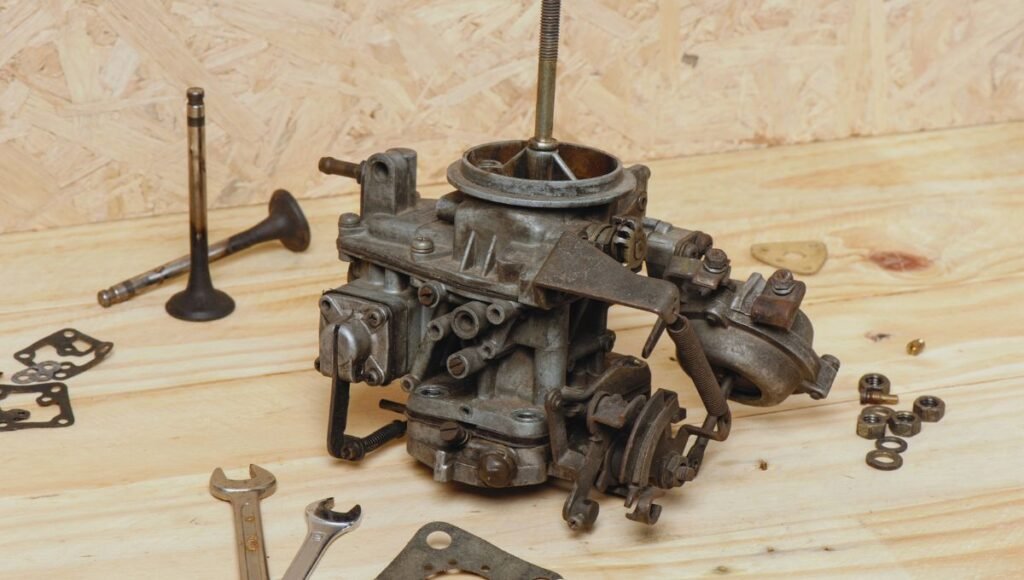
Troubleshooting Common Quadrajet Issues
Maintaining a Quadrajet carburetor can be challenging. Understanding common issues helps. This section covers two frequent problems and their solutions. Let’s dive into resolving flooding problems and fixing stalling and rough idle.
Resolving Flooding Problems
Flooding can cause engine issues. It happens when too much fuel enters the carburetor. Here are some steps to resolve flooding:
- Inspect the Float: Ensure the float is not stuck. Adjust if necessary.
- Check the Needle Valve: A worn needle valve can cause flooding. Replace it if needed.
- Test the Fuel Pressure: High fuel pressure can lead to flooding. Keep it within the recommended range.
If these steps don’t help, check the gaskets. A damaged gasket can also cause flooding. Replace any faulty gaskets to fix the issue.
Fixing Stalling And Rough Idle
Stalling and rough idle can be frustrating. They often result from air-fuel mixture issues. Follow these steps to fix them:
- Adjust the Idle Mixture Screws: Turn the screws to get a smooth idle.
- Clean the Idle Passages: Clogged passages can cause rough idle. Use a carb cleaner to clear them.
- Check for Vacuum Leaks: Inspect hoses and seals. Replace any that are worn or cracked.
A vacuum leak often leads to stalling. Ensure all connections are tight. This will improve performance and prevent stalling.
Maintenance Tips For Longevity
Keeping your Quadrajet carburetor in top shape is crucial. Regular maintenance ensures your engine runs smoothly. Follow these tips for a long-lasting carburetor.
Regular Cleaning Schedule
Establish a regular cleaning schedule for your Quadrajet carburetor. Clean the carburetor every 3,000 miles or every three months. Use a carburetor cleaner spray to remove dirt and grime. Make sure to clean the throttle body and linkages.
Create a checklist to ensure all parts are cleaned. Here’s a simple cleaning checklist:
- Remove and clean the air filter
- Spray carburetor cleaner into the air intake
- Clean the throttle body and linkages
- Inspect for any visible dirt or residue
Periodic Component Checks
Perform periodic component checks to ensure the longevity of your carburetor. Inspect the gaskets, seals, and diaphragms for wear and tear. Replace any damaged components immediately.
Here’s a component check table for reference:
| Component | Check Frequency | Action |
|---|---|---|
| Gaskets | Every 6 months | Inspect and replace if needed |
| Seals | Every 6 months | Inspect and replace if needed |
| Diaphragms | Every 12 months | Inspect and replace if needed |
Checking these components regularly prevents bigger issues. Keep a log of your inspections. This helps you stay on top of maintenance tasks.
Performance Testing After Tuning
After tuning your Quadrajet carburetor, performance testing is crucial. This ensures your vehicle runs optimally.
Proper testing helps verify adjustments and improves engine performance.
Road Testing Protocols
Begin with a basic road test. Drive the vehicle on different roads. This includes highways and city streets.
- Check for smooth acceleration.
- Listen for unusual noises.
- Observe engine response at different speeds.
Use a notebook to record observations. Note any hesitation or stalling. Adjust the carburetor if issues arise.
Dynamometer Testing For Accuracy
Use a dynamometer for precise testing. This tool measures engine power and performance.
Follow these steps:
- Secure the vehicle on the dynamometer.
- Run the engine at various speeds.
- Record horsepower and torque readings.
Compare the results with your baseline data. This helps identify areas needing further tuning.
For best results, use both road testing and dynamometer testing. This combination ensures your Quadrajet carburetor is tuned perfectly.
Advanced Tuning Techniques
Advanced tuning of a Quadrajet carburetor requires precision. It can make a big difference in performance. These techniques are for those wanting to take their tuning skills to the next level. This section covers modifications for racing and adapting to altitude changes.
Modifications For Racing
Racing demands more from your carburetor. Modifications can help you achieve peak performance.
- High-Flow Needles: Install high-flow needles for better fuel delivery.
- Secondary Met Rods: Use lighter secondary metering rods for quicker response.
- Jetting: Adjust the primary and secondary jets for optimal air-fuel mix.
These changes increase fuel flow and improve throttle response. Ensure your engine can handle these modifications.
Adapting To Altitude Changes
Altitude affects air density. This requires adjustments to maintain performance.
| Altitude (Feet) | Adjustment Needed |
|---|---|
| 0 – 2,000 | No adjustment |
| 2,000 – 4,000 | Lean jets by 1 size |
| 4,000 – 6,000 | Lean jets by 2 sizes |
| 6,000 – 8,000 | Lean jets by 3 sizes |
Follow these adjustments to ensure your carburetor performs well at any altitude. Always test and fine-tune after each change.
Frequently Asked Questions
How Do I Adjust The Idle Speed On A Quadrajet Carburetor?
To adjust the idle speed, locate the idle speed screw on the carburetor. Turn it clockwise to increase RPMs. Turn it counterclockwise to decrease RPMs. Always make adjustments with the engine running and warm.
What Tools Are Needed To Tune A Quadrajet Carburetor?
You will need a flathead screwdriver, a vacuum gauge, and a tachometer. These tools help in making precise adjustments. Additionally, having a service manual is beneficial for reference.
Why Is My Quadrajet Carburetor Running Rich?
A rich-running Quadrajet may have a stuck choke, incorrect float level, or clogged air bleeds. Check and clean these components. Adjust the float level according to the manufacturer’s specifications.
How Do I Adjust The Air-fuel Mixture On A Quadrajet?
Locate the air-fuel mixture screws on the front of the carburetor. Turn them in small increments. Adjust each screw equally until you achieve a smooth idle.
Conclusion
Mastering how to tune a Quadrajet carburetor can boost your vehicle’s performance. Follow the steps carefully for optimal results. Regular maintenance ensures longevity and efficiency. Remember, practice makes perfect. Happy tuning and safe driving!

At AdjustCarburetor, we are passionate about optimizing engine performance and sharing our expertise in carburetors, small engines, fuel injection systems, air-fuel ratios, and ignition timing solutions
